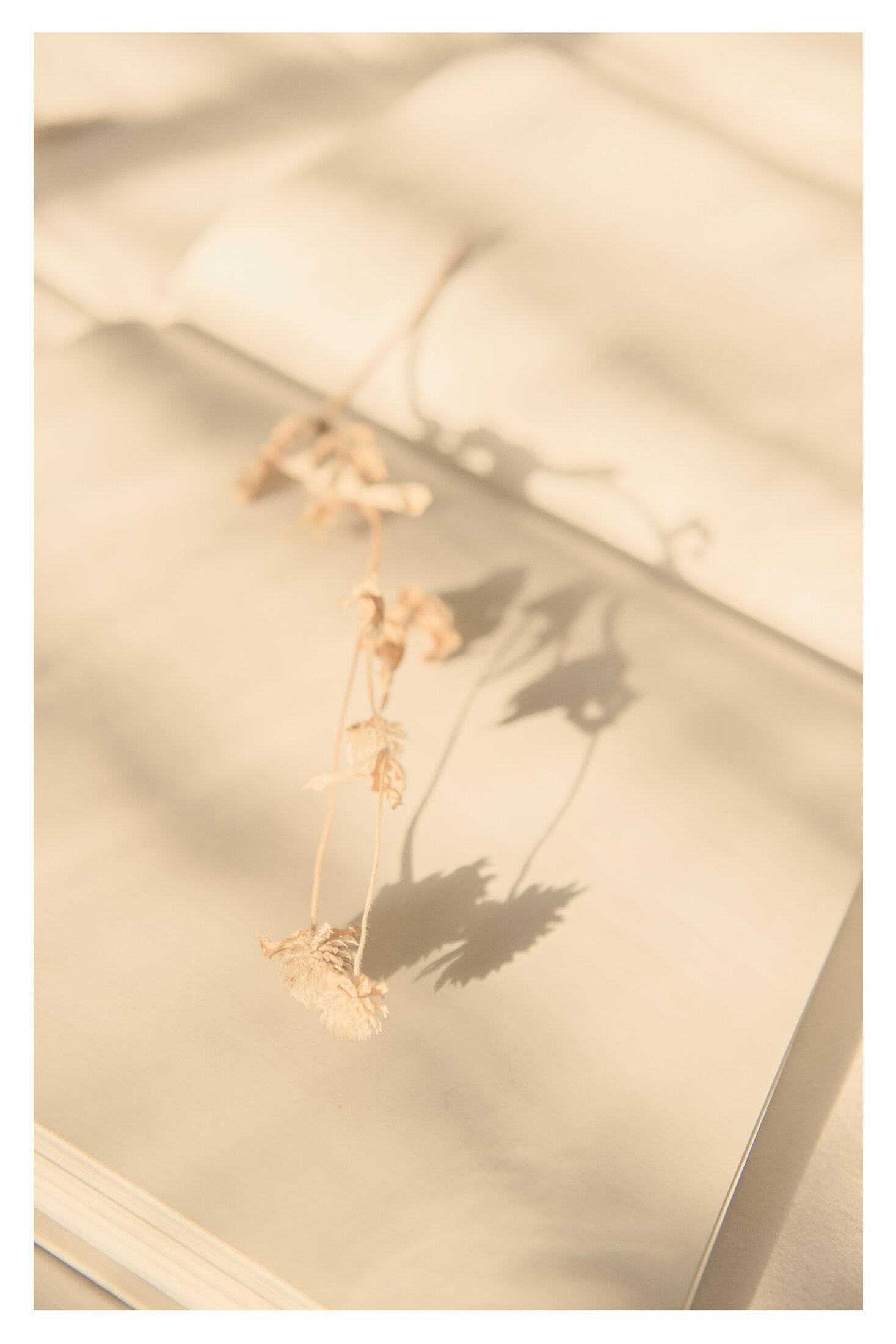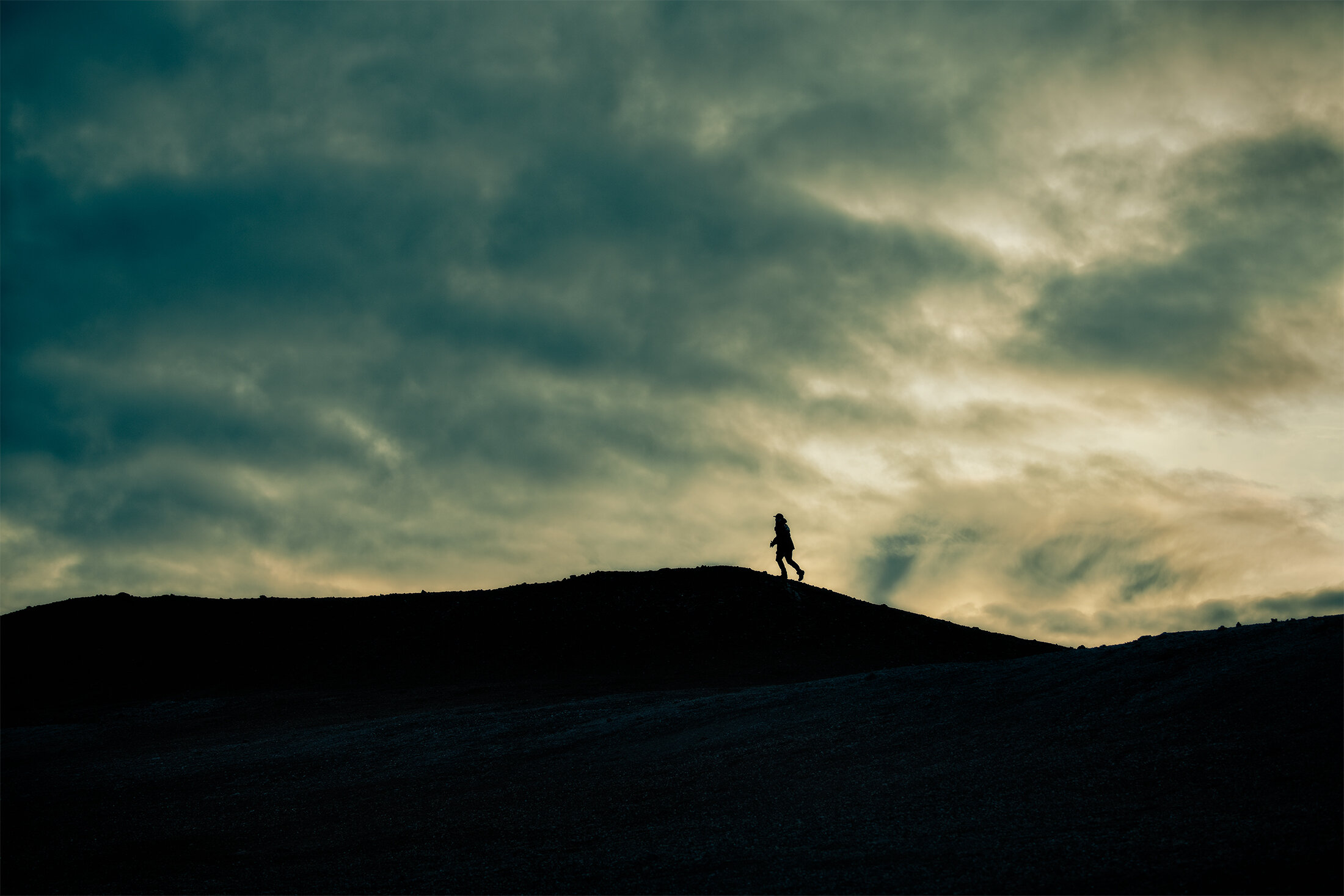Some years back I talked my good friend Lisa Bacon into meeting me in India to do a story on Dr. Hirji Adenwalla for CNN Traveller Magazine. He was a dear man and loved by all who knew him. Here is her story….
LIP SERVICE by Lisa Antonelli Bacon
On a sweltering Wednesday evening in March, rickshaws clatter through the front gates of Jubilee Mission Hospital to discharge passengers and pick up more. Villagers and visitors mill noisily about. Some have come for medical attention. Others have received it and are in the process of leaving. Over honking horns and loud chatter, the wails and cries of children blend into a cacophony that echoes in the crowded courtyard.
For nearly half a century, Dr. Hirji Adenwalla has gone to sleep each night and awakened each day to the same sounds. Since 1960, he and his wife Gurnal have lived in a small cottage on the hospital grounds in Trichur, a town of 275,000 in Kerala, southern India. As head of the hospital’s Charles Pinto Centre for Cleft Lip and Palate, Adenwalla has changed the lives of thousands of children with birth deformities that, in countries such as India, all too often doom a child to a life of poverty and isolation.
When the Adenwallas came here in 1960, medical professionals were rare in rural southern India. Since opening in 1952, Jubilee Mission Hospital had provided a tiny beacon of hope. The small medical outpost had served a poverty-lashed, largely uneducated population. A skeletal medical staff took care of everything from snakebites to starvation, and if the patient could not pay, they didn’t have to.
Times have changed. Now the place is well on its way to becoming a modern megaplex, with a 1,500-bed hospital, a medical school, and specialty and even subspecialty departments to care for all the needs of a population suffering from the illnesses and injuries of the 21st century. Jubilee’s mission mandate continues.
But growth and modernisation require financial belt-tightening and, whether the business is hospitals or hotels, free services suffer in the squeeze. The hospital now relies primarily on donations to cover the costs of the free treatment it provides.
Since setting up the centre, Adenwalla and his two staff surgeons have repaired the faces of over 8,000 children at no cost to the patients’ families. Although money is scarce, he believes the mission will survive. “More things are wrought by prayer than this world dreams of,” he says.
On a steamy night on the eve of the monsoon season, Adenwalla begins his evening rounds to examine the little faces he has repaired. The sun has disappeared, but people still pace around the moonlit complex. Many are parents of tiny patients who have travelled hundreds of kilometres to come here but who cannot afford a hotel room while they wait for their children to recuperate. After a full day of surgery, 73-year-old Adenwalla spryly climbs the two flights up a dark, crowded stairwell to the children’s surgical ward.
Women in saris share single beds with their babies. One mother lies beneath a bed with her small child, comfortable in the knowledge that her baby will not fall out of bed if she dozes off. Some of the women are mothers; others are grandmothers. All seem awed by their surroundings. They fan themselves and their children in the 40-degree C heat as two overhead fans struggle to stir the thick, humid air over 32 beds.
Using a household torch, Adenwalla looks into the mouth of tomorrow’s patient, a nine-month-old girl with loose dark curls. The gaping hole where the roof of the mouth should be means she cannot eat properly, a dysfunction that inevitably leads to malnutrition.
In more developed countries, cleft palate surgery is almost a routine procedure done soon after birth. In India, it is an expensive proposition costing 10,000 rupees ($220) for each of the two to four operations required for each repair. In a country where 350 million people still live on less than $1 a day, many Indian children go into adult life with gruesome facial distortion, deafness and speech disorders.
“They are complete misfits in a society which is not conditioned to treat such people with sympathy,” says Adenwalla. He adds that the risk or occurrence of this deformity can lead to abortion and even infanticide in certain parts of India. And because of their isolation and disconnection from society, those who survive into adulthood are frequently at the root of violence and criminal acts in their communities.
“Communication,” says the doctor, “a basic need for all mankind, becomes hesitant. Lack of communication leads to severe retardation of mental growth and the general process of learning, which is so important for a child. What you are left with is a sad caricature of a human being.”
Early the next morning, before the heat has enveloped the compound, Adenwalla drapes a sterile green smock over his tennis shorts and polo shirt before scrubbing up at a large sink that looks more like a horse trough with taps. In the operating room, cooled by a single air-conditioning window unit, he perches on a gingham-covered black stool at the head of the operating table. The antiquated seven-lamp fixture overhead is so old it looks like a UFO. Thankfully for Jubilee, it could be argued, when Adenwalla wrote to the German manufacturer for replacement parts, the company sent them free of charge. “Nobody uses these things any more, so they had the things lying around.”
On the table, all that is visible is a tiny mouth and nose, surrounded by a green cloth. Four people lean over a sterile area not much larger than a plum. Forty years ago, the scene was much different. Then the hospital had a total of four nurses and one surgeon. Gurnal, a young bride of 20, was Adenwalla’s only surgical assistant.
After some clipping and slicing, the child’s nose and mouth have disappeared, replaced by what looks like a smashed tomato. With the eyes of a hawk and the hands of a harpist, Adenwalla reconstructs a new face, one that will be as pretty as it is functional. As he knots off the final stitches at the end of the three-hour surgery, he hums Harry Belafonte’s Jamaican Farewell.
It has been a good day. The futures of six more children have been radically improved. And a representative from SmileTrain, a New York-based charitable organisation that has paid for approximately 2,000 surgeries at Jubilee to date, has brought a gift: a cheque for $45,000 that will pay for a much-needed headlamp and some naso-endoscopes, to replace the flashlight and tongue depressors staff have been using to examine and diagnose their tiny patients.
Still humming, the doctor heads for his cottage for dinner. Before he reaches the courtyard, a small, thin man approaches him with a piece of paper. It is a bill for 900 rupees. SmileTrain paid for his child’s surgery, but the ward was full so, afterwards, the child was settled in a three-bed curtained cubicle. The coveted cubicle costs 60 rupees (less than $2) a day. But the man, who says he makes 130 rupees a day, cannot afford it.
In the past, department heads were allowed to wipe a bill clear if someone could not pay, but that practice has been suspended. Instead, Adenwalla gives a portion of his salary to an office assistant who puts it in a fund. “It’s small, but when someone needs it to pay a bill, something is there,” he says.
For now, the doctor seeks out an administrator to clear up the matter, but none can be found. “Under no circumstances are we going to bill this man,” he tells the discharge nurse. "If this has to be paid, I will pay for it. Not this man.”
When the morning sun reaches the top of the nearby Nilgiri mountains, a mist rolls over the gentle rows of tea bushes that swaddle their slopes, obscuring the world beneath. At the weekend, Adenwalla walks here each morning and again at night. His walks are long and relaxing, designed to keep him in shape after a coronary led to a bypass operation 10 years ago.
A group of villagers stands by the roadside, staring down the mountain at a quartet of immense bison that have meandered into the tea bushes and are working their way back down the mountainside. A villager was gored near the same spot a few years ago, and although the details are lost in a torrent of rapid-fire Tamil, the gist of the conversation is that, while it may be a lucky treat to spot a bison, it is one to be enjoyed from a distance.
As the bison amble off, the villagers erupt in gleeful chatter. Walking stick in hand, the doctor heads back to Meher, the Adenwallas’ home near the former British hill station of Coonoor. It is five hours’ drive and worlds away from Trichur and Jubilee.
Back at the house, a comfortable bungalow situated on the mountainside overlooking the town, the doctor reflects. “My father didn’t want me to take up medicine. He told me, ‘Your maths is bad, your physics is poor. Your science is miserable. Take up law. Or be a writer.’ But boys idolise their fathers.” His father was, of course, a doctor.
In his small study, surrounded by family photos and books about Winston Churchill, Napoleon Bonaparte, and the Indian spiritual leader Meher Baba, after whom the house is named, the doctor is philosophical about the future of his mission. With sadness, he foresees the day he will no longer perform delicate facial surgeries. Later this year, he says, he will reduce his surgery schedule to three weeks a month. Next year, he will reduce it again, to two weeks a month. “I plan to retire gently,” he says.
But he worries. As the business of medicine advances into the 21st century, the mission aspect has not kept pace in many parts of the world, including here in India.
“When I came to Jubilee, I saw an aura about the place,” he recalls. “People who should’ve died didn’t. People who were terribly sick recovered. All the prayers!” To some extent, in the shift from mercy to advanced medicine, the doctor has lost heart. “People holding on are fighting a losing battle. I used to worry about everything around me. Now I take care of my patients. I have to have tunnel vision.”






















